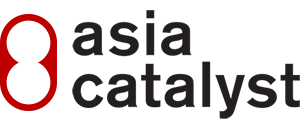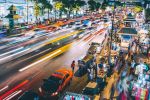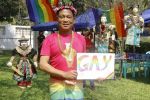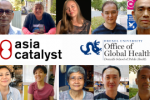
By Celina Su
In 2000, I began to work with a small, community-based project called the Burmese
Refugee Project (BRP) in northwest Thailand. Using a participatory
model of community development, the BRP helps over 100 Burmese Shan refugees in
northwest Thailand access education, health, and legal services. Through this
work, I learned that refugees are the victims of what public health researchers
call structural violence–physical and mental harm that results from unjust social, economic, and political
structures. Many of the prescriptions that would treat these ailments–such as a shared wheelbarrow so
that the refugees do not have to carry 50-kilo bags of rice on their shoulders,
and for the man above, sunglasses to treat pterygium (a scar on the eyes caused
by sun damage)–fall outside typical medical practice.




